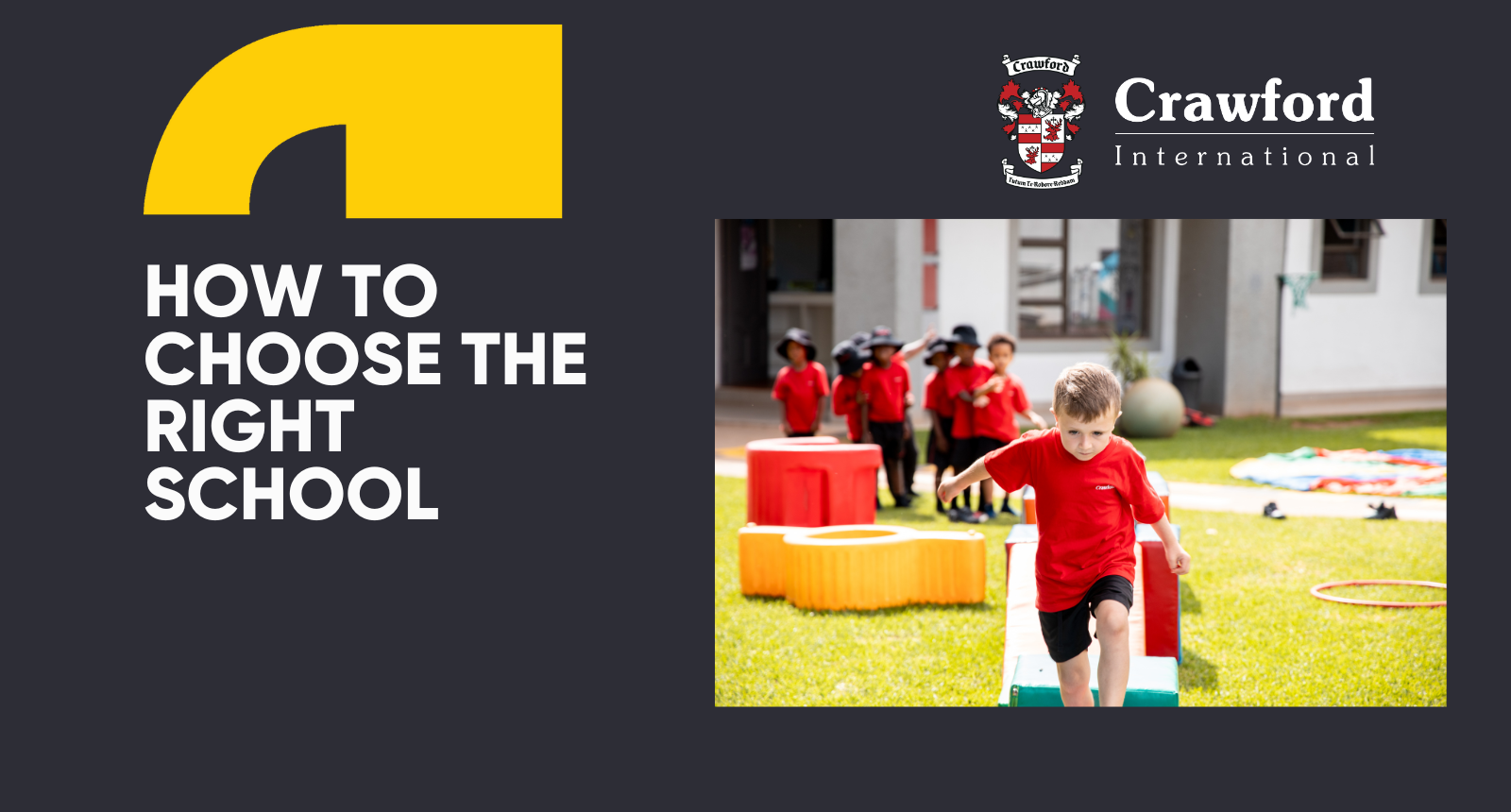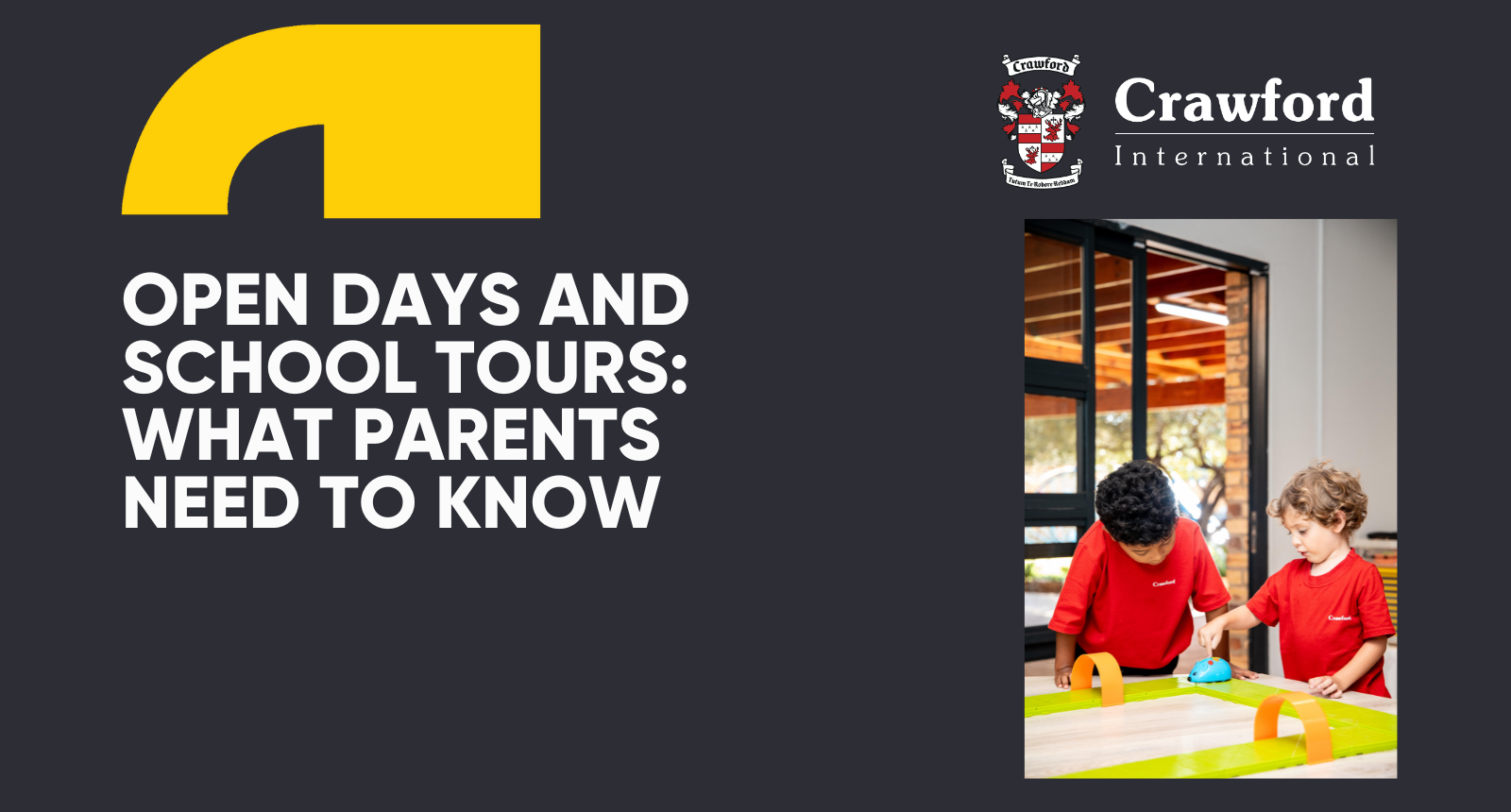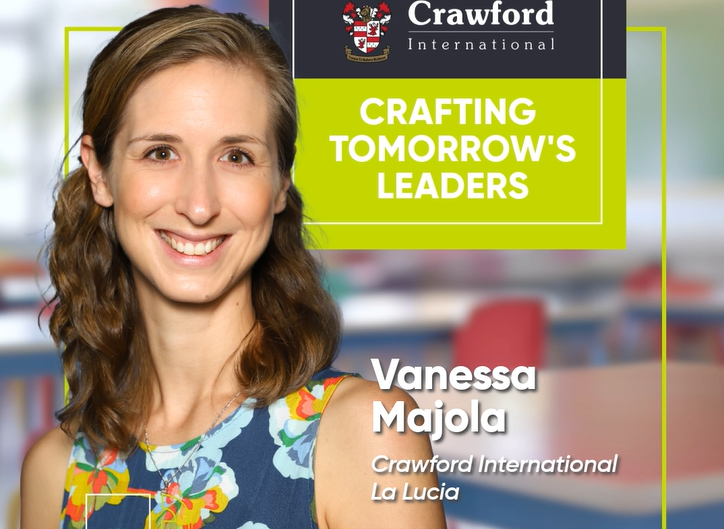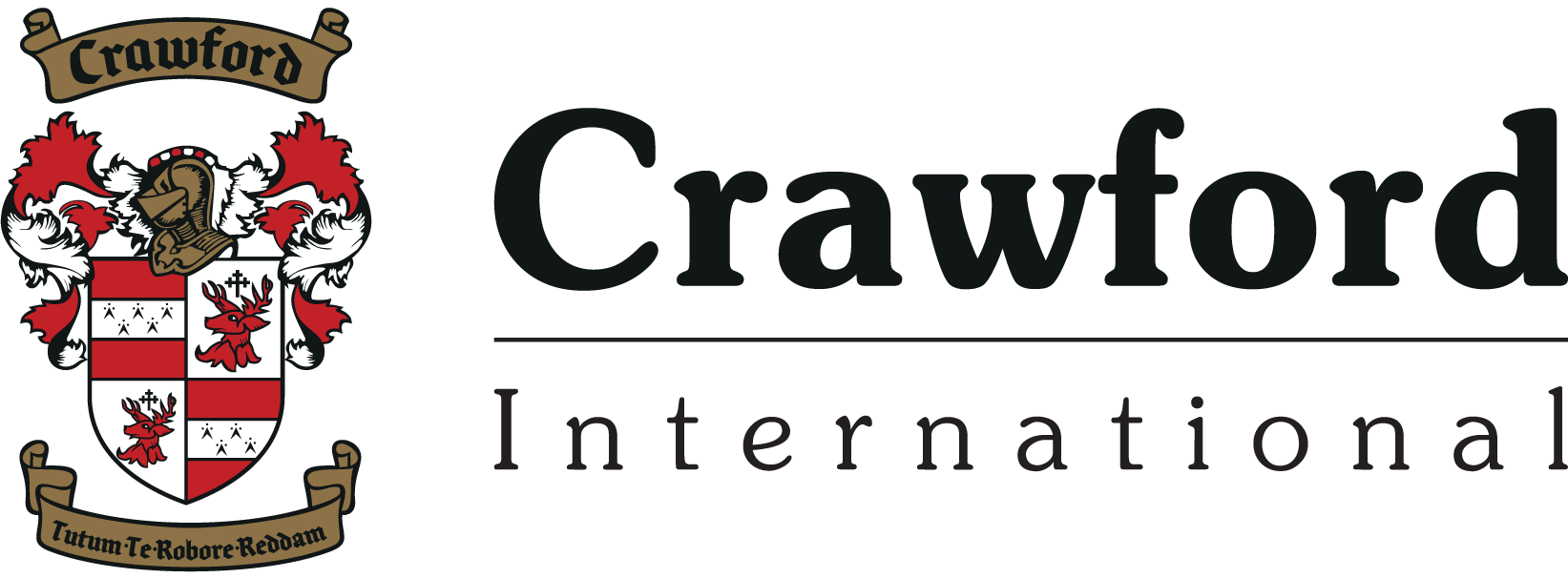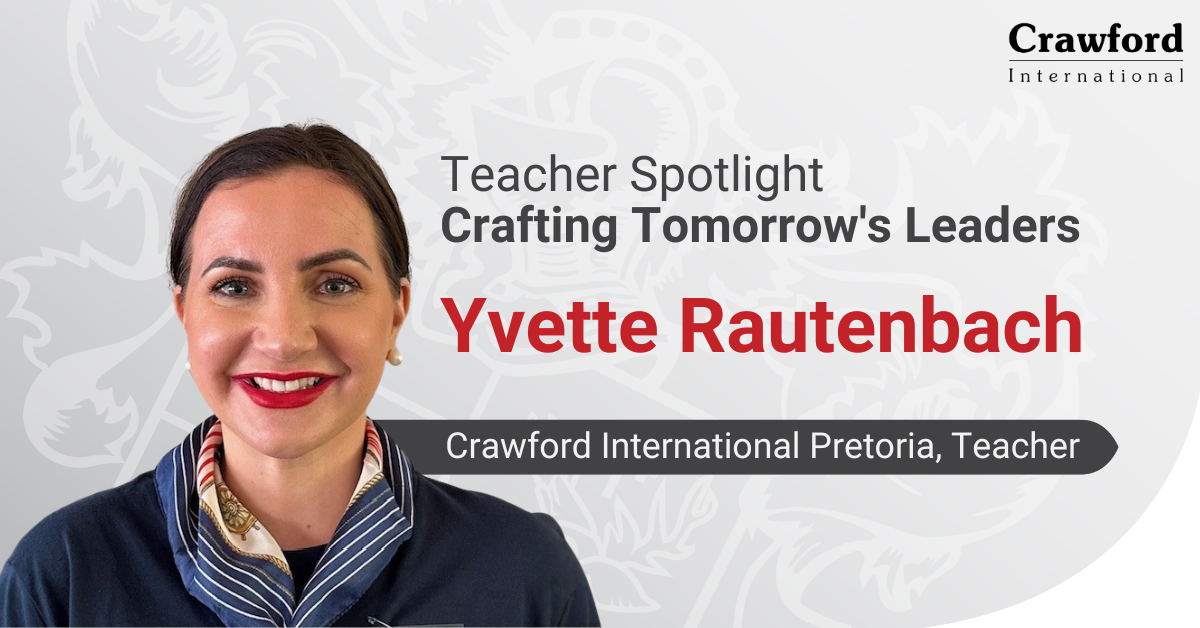What is Scaffolding in Education?
August 16, 2024
What is Scaffolding in Education?
Scaffolding in education is a teaching method that involves providing students with temporary support to help them achieve a deeper understanding of new concepts. This support is gradually removed as students become more proficient, allowing them to progress independently. Jerome Bruner, a cognitive psychologist, coined the term "scaffolding" in the 1970s to describe this instructional process, likening it to the physical scaffolds used in construction that are dismantled once a building can support itself.
Breaking Down the Scaffolding Method
In practice, scaffolding begins with teachers offering extensive guidance to students as they start learning a new topic. This might involve modelling, breaking down complex tasks into smaller, more manageable parts, or providing cues and prompts to help students along the way. As students' understanding grows, the level of assistance is reduced, with the aim of helping them achieve mastery without needing further support. The goal is to encourage independence, critical thinking and agency with students capable of solving problems or tackling tasks on their own.
Benefits of Scaffolding in Education
According to Levy and Wilensky (2009), scaffolding in education provides several key advantages that significantly impact student learning and development:
1. Improves Understanding
Scaffolding helps students break down complex ideas, making them easier to understand. By offering incremental support, students can grasp difficult concepts at their own pace, leading to a deeper understanding of the subject matter.
2. Encourages Active Learning
By promoting a hands-on, interactive approach, scaffolding keeps students actively engaged in the learning process. This active involvement helps them retain information better and stimulates critical thinking.
3. Builds Confidence
As students successfully move through each stage of scaffolding, their confidence grows. They become more comfortable tackling increasingly difficult tasks, fostering a sense of accomplishment.
4. Promotes Independence
One of the main objectives of scaffolding is to gradually reduce assistance, enabling students to become more independent learners. This helps develop problem-solving skills and prepares students for more self-directed learning in the future.
5. Enhances Collaboration
Scaffolding often encourages collaborative learning. Students work together to solve problems, learn from each other, and develop social skills that are important for academic success and beyond.
Scaffolding Strategies in Crawford Classrooms
At Crawford International, scaffolding strategies are embedded in daily teaching practices to enhance student learning and development. Teachers often begin by assessing a student's current knowledge level, ensuring that they provide the right amount of personalised support. In the classroom, techniques such as guided questioning, collaborative group work, and the use of visual aids or technology are all utilised to scaffold learning.
For example, students may initially work in small groups to solve a problem, with the teacher facilitating discussions and prompting deeper thinking. Once students are comfortable with the concept, they are given the opportunity to work independently, applying what they’ve learned in more complex scenarios. Digital resources, such as interactive learning platforms, are also integrated, offering students scaffolded learning experiences that adjust based on their progress.
How Scaffolding Differs from Other Teaching Methods
Scaffolding differs from more traditional teaching methods, such as direct instruction, where teachers present information in a structured format, expecting students to absorb it all at once. In contrast, scaffolding recognise that learning is a process, with students gradually building on their knowledge step by step. This method also differs from inquiry-based learning, which encourages students to explore topics largely on their own; scaffolding provides a clear pathway, guiding students while allowing room for exploration and growth.
At Crawford International, resources like interactive whiteboards, digital apps, and online research tools allow teachers to implement scaffolding in a dynamic and engaging manner. Personalised learning pathways and continuous feedback are also core components, helping students stay on track as they work towards mastering new skills. This approach not only helps students gain confidence but ensures that they are well-prepared for future academic challenges.
In essence, scaffolding helps create a structured yet flexible learning environment, one where every student is supported on their journey to success.
